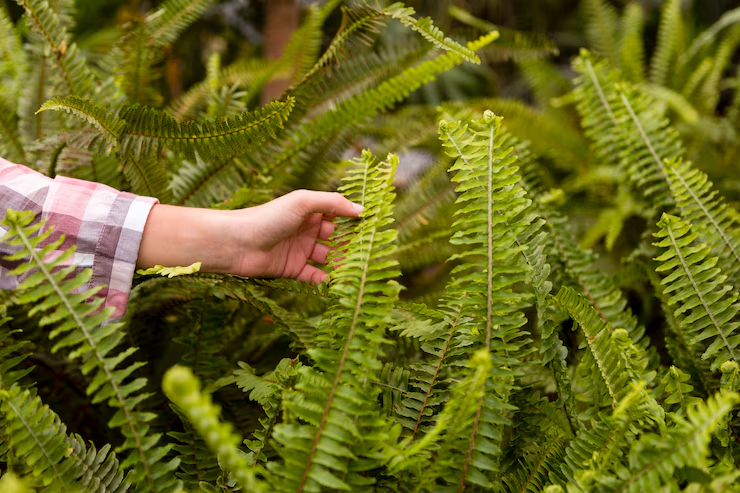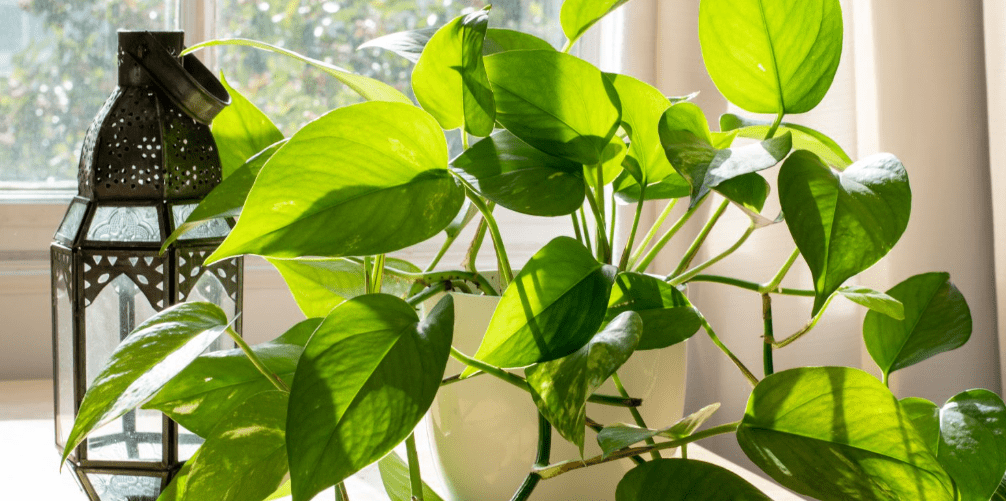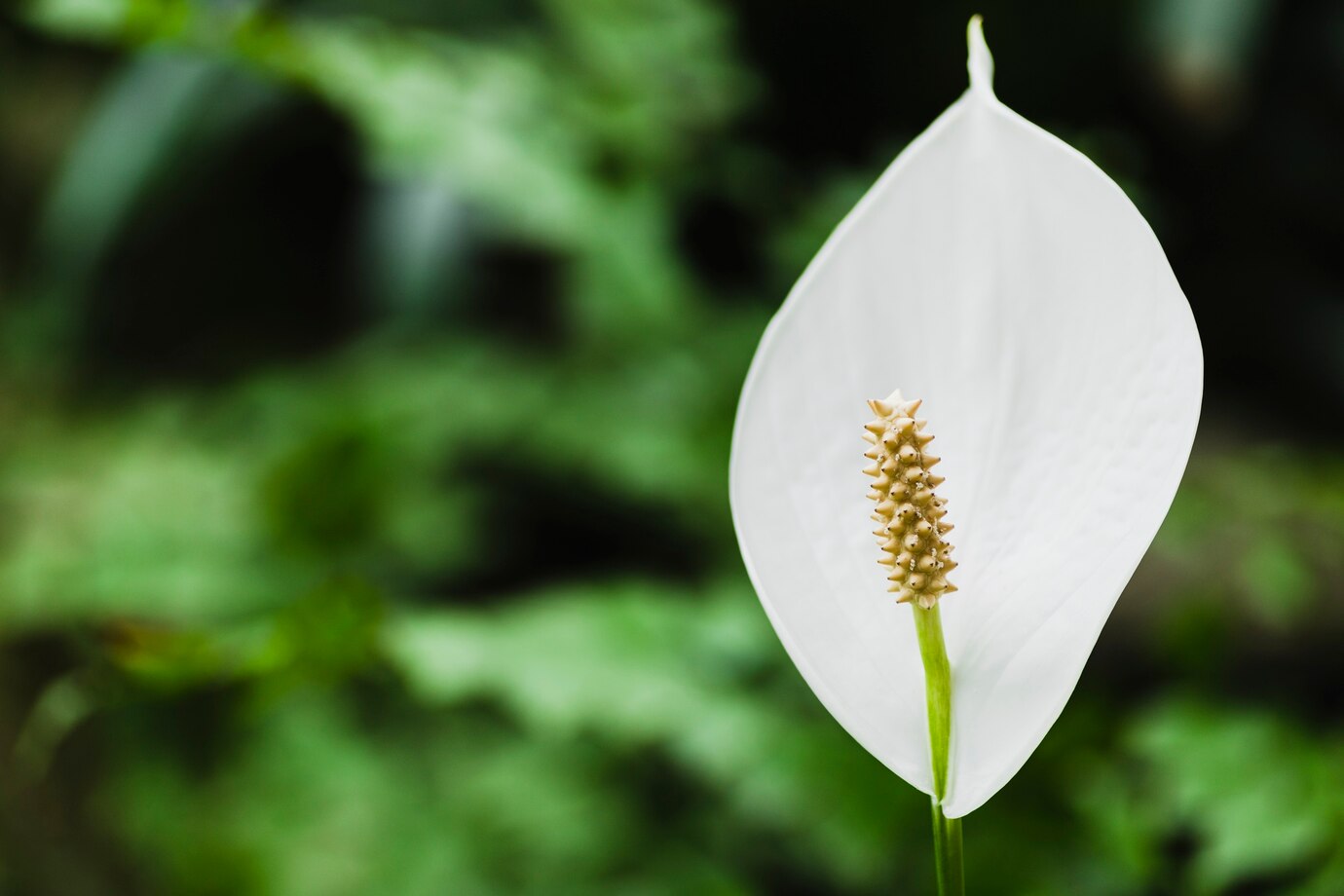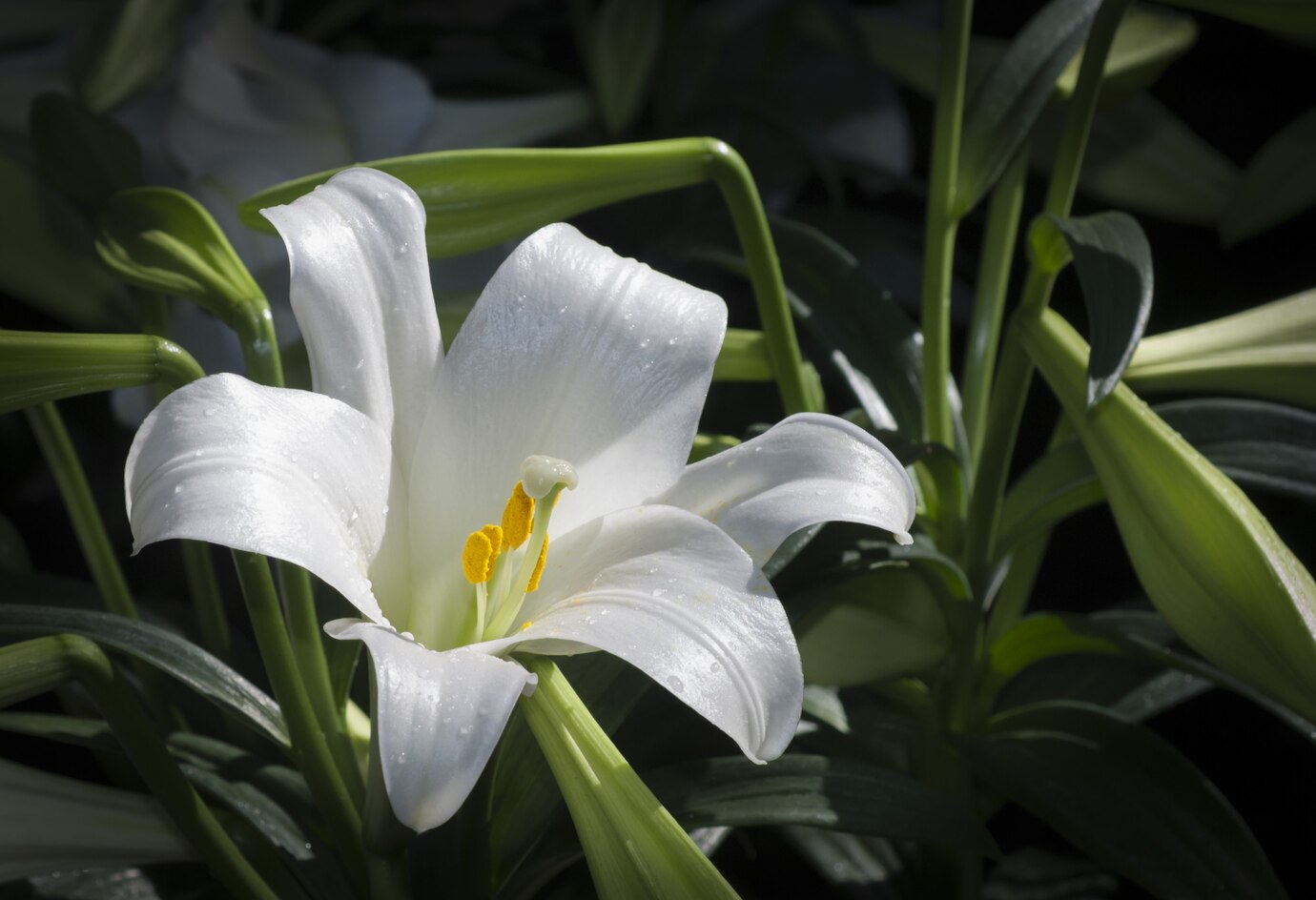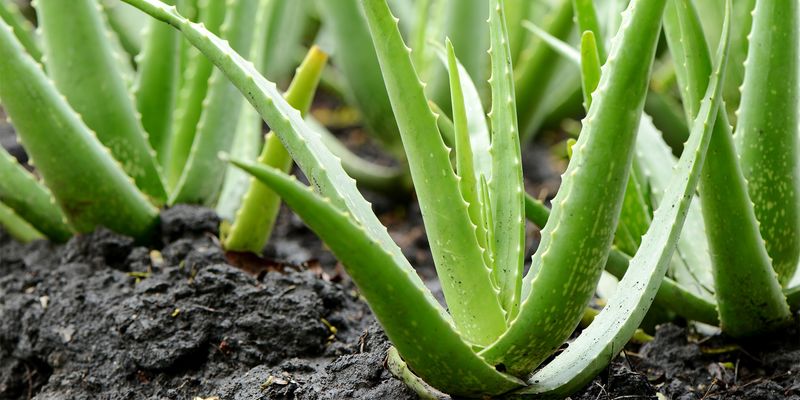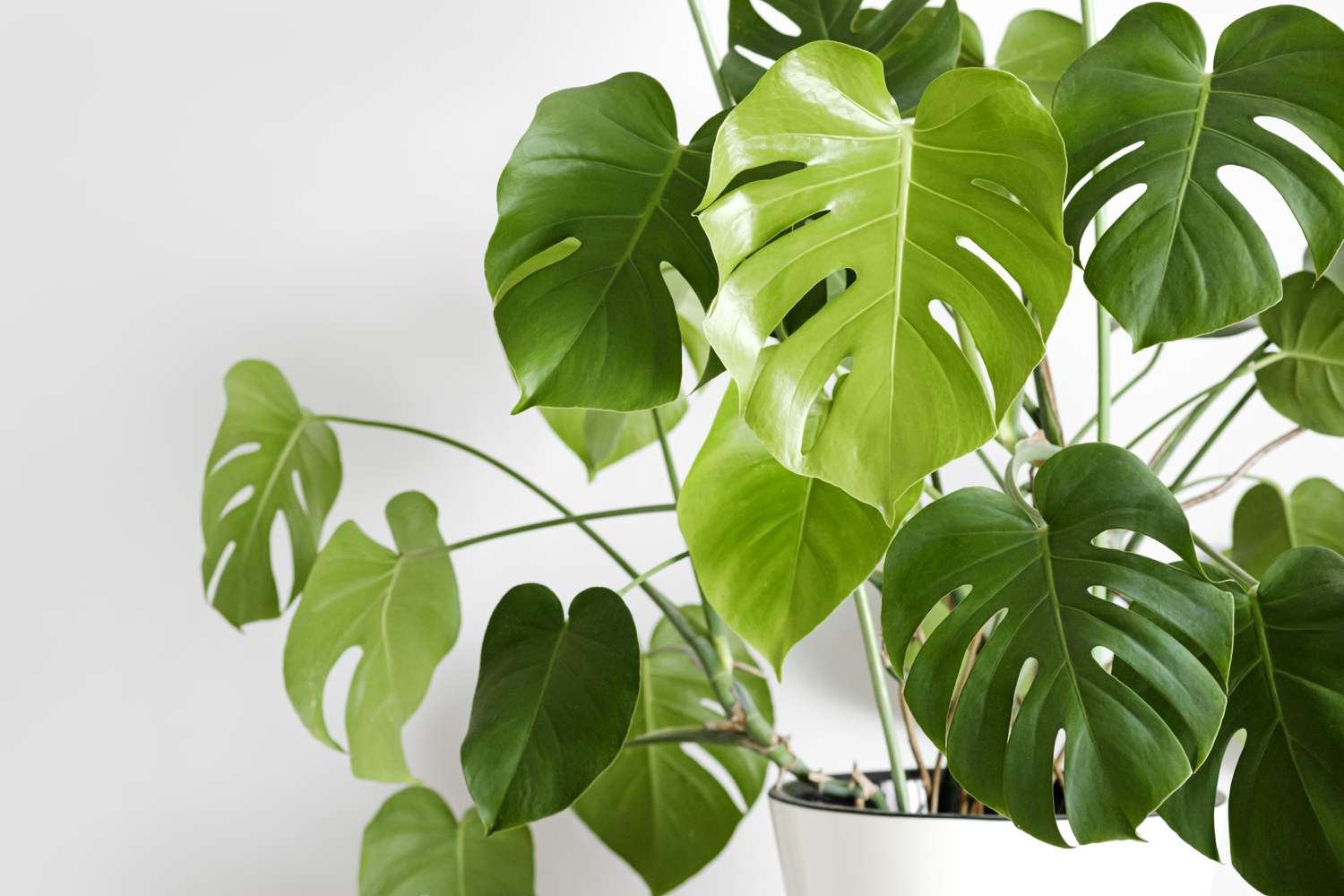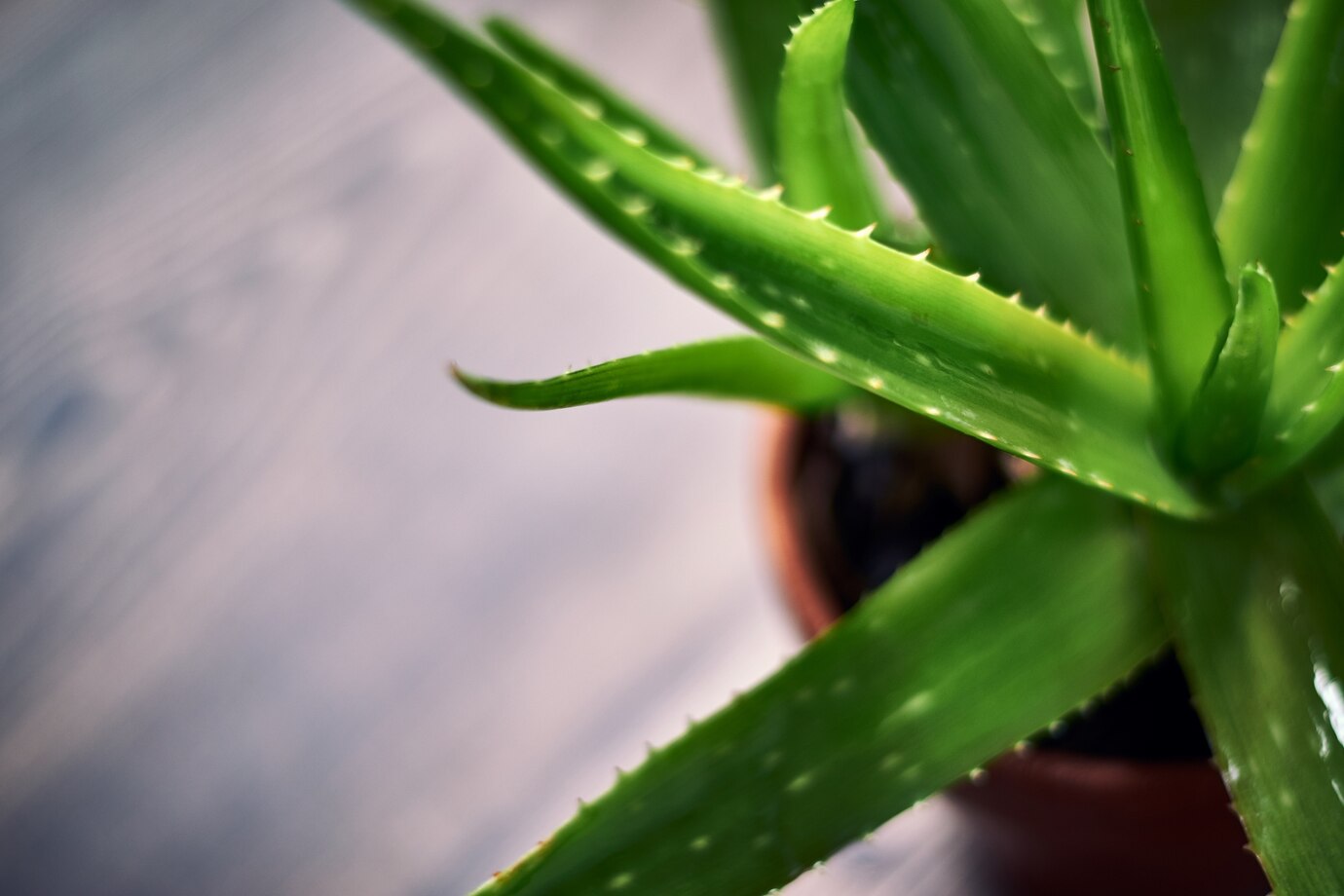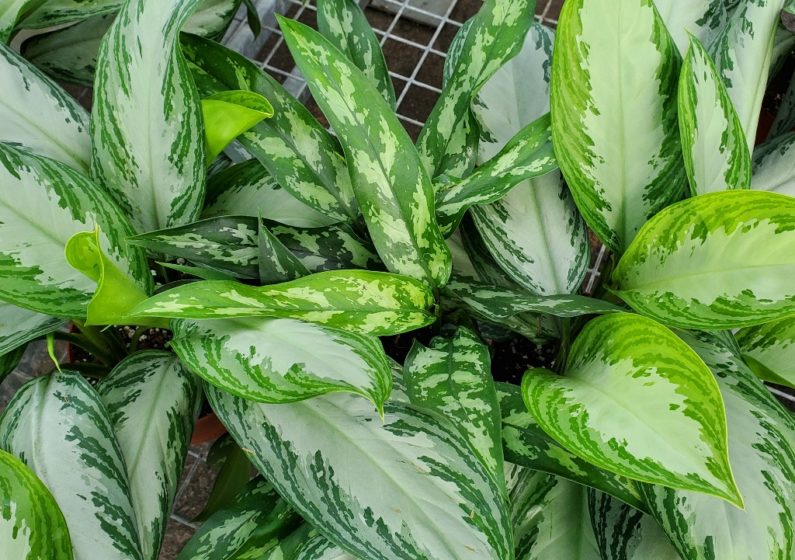Asparagus ferns feature light, feathery foliage that resembles asparagus leaves but drapes elegantly like a fern. Despite their appearance, they’re not true ferns. Instead, they’re part of the lily family and originate from southern Africa’s warm, humid woodlands. These plants are a famous choice for indoor decoration.
The two most common varieties are Asparagus setaceus and Asparagus densiflorus. Asparagus setaceus, also called lace fern or Asparagus plumosus, has the finest, most delicate leaves and is often favored by florists for use in floral designs. Asparagus densiflorus, also known as foxtail, emerald, or plume asparagus, has denser foliage resembling a brush or a fox’s tail.
These plants look beautiful when trailing down from a shelf or plant stand and are particularly striking in hanging baskets. They pair well with other houseplants, especially ones with contrasting foliage textures.
If the plant thrives, it might produce small white blooms and berries, although it’s mainly appreciated for its graceful greenery.
Handle asparagus ferns carefully, as mature stems are lined with fine thorns that can cause scratches. It’s also a good idea to avoid frequent touching, as the leaves may turn brown. Remember that all parts of the plant are mildly toxic to people and pets.
Table of Contents
ToggleAsparagus Ferns Plant Care
Light
Asparagus ferns grow best in filtered or dappled shade, though they can gradually adapt to brighter conditions. However, don’t place them in direct sunlight, as intense light can scorch their delicate foliage. It’s an essential tip for anyone learning how to grow asparagus fern successfully.
Soil
Use loose, well-draining potting mix when planting in containers. For outdoor planting, choose nutrient-rich, slightly acidic soil (with a pH between 6.5 and 6.8). These plants prefer fertile soil to flourish. If growing in pots, ensure they have proper drainage holes to avoid waterlogging.
Water
Asparagus ferns enjoy humid environments. Daily misting and warm, moist air will support healthy growth. When planted outside, water regularly to keep the soil consistently moist, especially during dry spells. Indoors, these plants often suffer from dry air, especially during winter months when heating is on. Mist daily, paying attention to the arching stems to maintain adequate moisture levels.
Temperature and Humidity
Asparagus ferns prefer warm conditions, ideally around 70°F, and shouldn’t be exposed to temperatures below 55°F for extended periods. If you place them on a shaded patio or in a greenhouse during the warmer months, you’ll likely notice a boost in growth. Try to keep the environment stable. Sudden temperature shifts can lead to the dropping of cladodes (the delicate, leaf-like structures).
Fertilizer
Feed your asparagus fern with a diluted, all-purpose liquid or water-soluble fertilizer. Use half the recommended strength. Begin monthly feedings in spring. During the summer, container-grown plants often benefit from weekly fertilizing, while those planted in the ground can stick to a once-a-month schedule.
Pruning
Asparagus fern grows rapidly. Sometimes, gaining up to 2 inches per day is possible, so proper pruning is important. Always trim at the base of the stem rather than cutting midway, and avoid removing more than one-third of the plant at once. Use sharp scissors or shears to cut off any brown or damaged areas or help rejuvenate an older plant.
What appear to be leaves are actually soft-looking, needle-like structures called cladodes. The true leaves are tiny scales located near the base of these cladodes. Despite their delicate appearance, mature stems can be surprisingly sharp, so it’s a good idea to wear gardening gloves when pruning more established plants.
Outdoor Care for Asparagus Fern
If you’re in a warm climate, asparagus ferns can stay outside year-round as long as they’re placed in a spot with partial shade. Excessive direct sunlight can burn the foliage which can cause the foliage to lose their vibrant, lush green color.
Common Pests & Plant Diseases
Spider mites, aphids, mealybugs, and whiteflies often hide among the foliage of asparagus ferns. You can eliminate these pests by treating the plant with insecticidal soap.
Excess moisture can cause root rot, so be careful not to overwater. To avoid fungal problems, let the soil partially dry out between waterings.
Common Problems With Asparagus Fern
Although asparagus fern is generally low-maintenance, it occasionally faces a few common problems. Luckily, most of these are simple to fix once you know what to watch out for:
Yellow Leaves
Yellowing foliage on an asparagus fern is often a sign of pest activity, such as spider mites, mealybugs, or inadequate lighting. It may also result from over-fertilizing or exposing the plant to either too much or too little light. Reducing fertilizer frequency and adjusting light conditions help restore the plant’s color.
Brown Leaves
When the leaves turn brown and appear dry or crispy, it’s usually due to underwatering. Trim away the brown, dead sections and increase the watering frequency to help the plant bounce back.
Dropping Leaves
Falling foliage, which can scatter fine needles around your space, is a common frustration with asparagus ferns. This typically happens when the plant experiences irregular watering. While it doesn’t like soggy soil, it also dislikes completely drying out. Keeping a more consistent watering routine and daily misting solves this issue.

